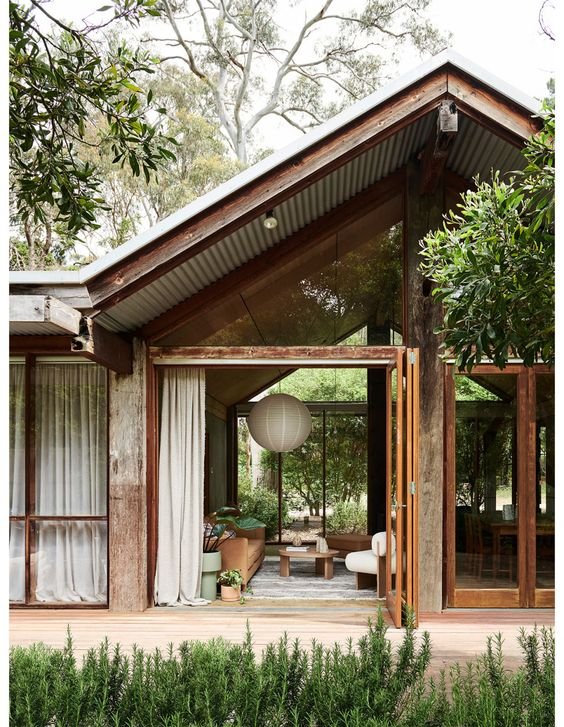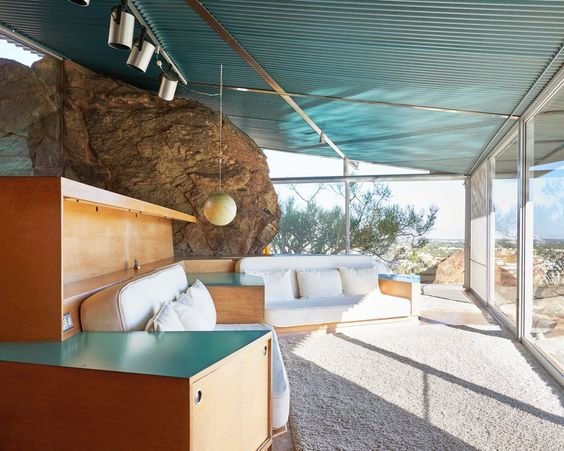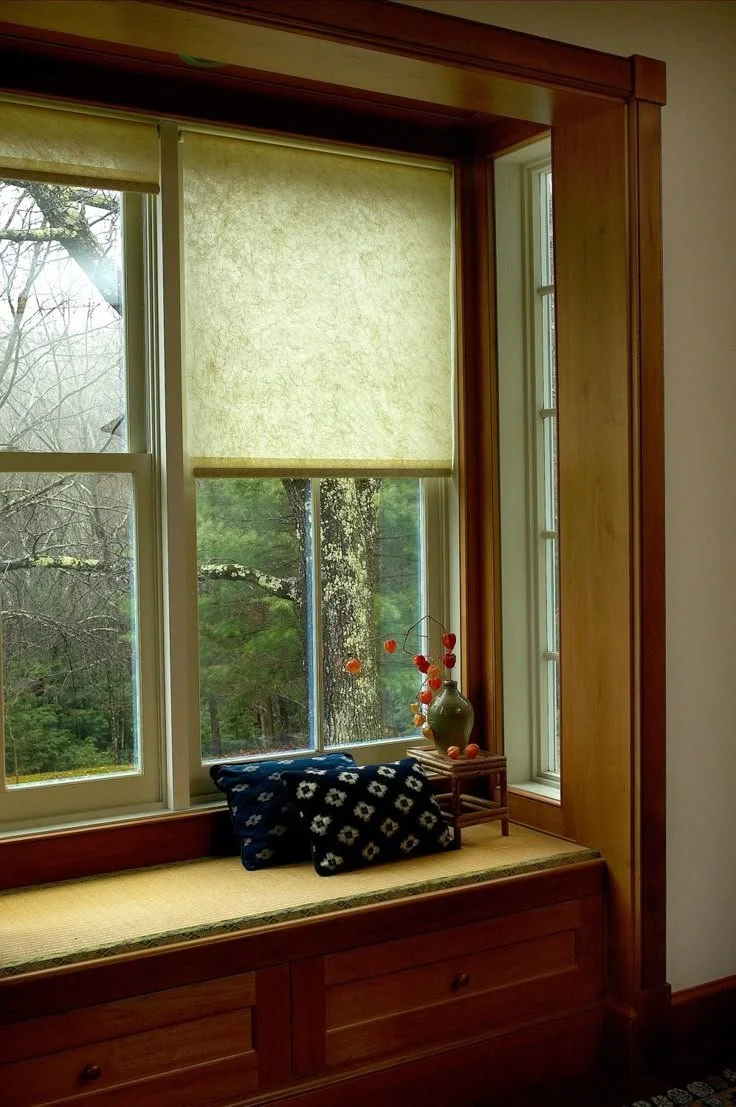7 Concepts For Building a Sustainable Home
The word sustainable gets thrown around a lot - especially in the design and home world. But what does it actually mean? Technically speaking, a sustainable home is environmentally friendly, durable, and resistant to damage with the goal to reduce the negative impact of our houses on the environment.
There are many benefits of living in a sustainable home. One advantage is living in the house longer without worrying about repairs. Another benefit is saving money on energy bills because the house will be more energy efficient. Plus, it reduces our carbon footprint and the waste generated by your home's construction.
Here’s a few of our favorite tips and some crucial strategies to reduce the negative environmental impact of the construction or renovation of a home,
Adapt your design to your surroundings
A favorite strategic way to design a sustainable home is to integrate it with its natural surroundings. For example, if your house is surrounded by water, materials like wood or stone will be more resistant to humidity and damage from insects and mold.
Modifying the natural setting around the house as little as possible is a harmonious approach to building that makes your design more unique and is often far more doable than expected. It really just comes down to some good, solid planning.
Consider passive solar design.
Passive solar design is an architectural technique that uses the sun's heat to provide heating and cooling. It is a design approach that does not use mechanical energy to heat, cool, or harness the sun's powers.
And believe it or not, passive solar design has existed way before time. Traditionally, it was used in ancient times to keep buildings cool in the summer and warm in the winter. It also made its way into multiple fields of architecture, including desert modernist, with Donald Wexler’s Alexander Steel Homes or the majority of Albert Frey’s designs being an example of leveraging the path of the sun as well as light. The idea behind the passive solar design is to use energy from the sun as an alternative to conventional heating and cooling systems. It can reduce costs, as well as carbon emissions from fossil fuels.
Use sustainable building materials.
Sustainable building materials are environmentally friendly and have a lower cost to the environment. These materials are from recycled, natural, or renewable materials.
The most common sustainable building materials are bamboo, cork, hemp, bamboo plywood, and wool insulation.
Sustainable building materials are a great way to reduce our carbon footprint and impact the environment. They also make for a healthier living environment with lower rates of asthma and allergies. Plus, we’re not adding more construction waste by producing new materials to build out our home.
Use renewable natural resources - efficiently.
The construction of a sustainable home is not just about using renewable natural resources to construct the house. It also entails using renewable energy sources, water recycling, and green technologies whenever possible. However, before considering technology, always go for the most natural way to get heat, light, air, water, and more from the environment.
Being mindful of the many ways a home could access these renewable resources and incorporate them into the home's design makes the most out of what is already there without damaging the environment during construction.
Recycle and reuse any construction waste
There are new construction technologies that make any construction project more manageable. For example, construction estimate software can help you understand how much a project could cost more efficiently because we all know that things can get pricey - and fast.
Building materials are some of the most significant factors that influence the cost of a project. However, plenty of sustainable building materials aren't as pricey as one might think, especially if you can incorporate reused construction waste generated along the way or from other projects. Unfortunately, it's inevitable that you are going to have some waste that cannot be reused for your project. For this, you should ensure that any construction waste is disposed of responsibly and in adherence to local, state and federal regulations.
Another way to make use of construction waste is by selling valuable scrap materials off for other people who can transform it into something usable. You might even end up recouping some of the construction costs because of it, who knows!
Emphasize Indoor Air Quality (IAQ)
Indoor air quality is the quality of air inside a building. If indoor pollutants such as mold, pollen, or chemicals get into a space, it can be a problem.
Indoor air quality is something we often take for granted. It's not until things start to go wrong that we realize the importance of air quality in our homes.
Many factors can affect indoor air quality. These include household products, furniture, pets, and building materials.
Many people don't realize that poor indoor air quality can cause many health problems, including asthma, allergies, and asthma.
The United States Environmental Protection Agency or EPA has three strategies that we split into a six-step process for improving indoor air quality:
1) Identify the source of pollution
2) Eliminate the source of pollution
3) Ventilate the space to dilute contaminants and remove them from the air
4) Clean surfaces to remove contaminants
5) Seal off porous materials that may allow contaminants to pass through
6) Isolate or remove carpeting or other materials that may be contaminated.
Incorporate water and energy efficiency into the plans
When planning out the construction of your home, try to keep energy efficiency and water efficiency in mind at all times.
By incorporating this into the construction plans and making it a rule rather than something nice to have, the construction process will also be sustainable and not just the house after construction.
All of these things should be an innate part of the construction process when you're thinking of building a sustainable home. After all, a sustainable home should start at the beginning, which would be its foundation, a.k.a. the construction itself. Therefore, make sure to apply these tips to build a sustainable home in an environment.












